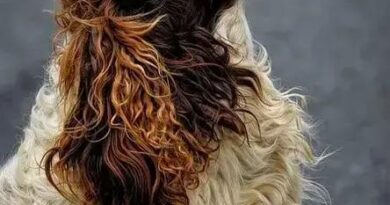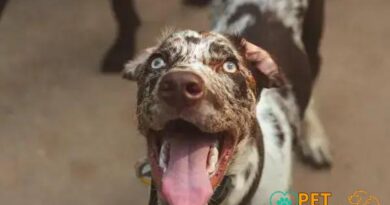What is Non-Shedding Breeds
What are Non-Shedding Breeds?
Non-shedding breeds refer to dog breeds that are known for their minimal to no shedding of fur. This characteristic makes them particularly appealing to individuals who suffer from allergies or those who prefer a cleaner home environment. Unlike traditional breeds that shed fur seasonally or throughout the year, non-shedding breeds maintain their coat, which requires regular grooming to keep it healthy and free from mats.
Why Choose Non-Shedding Breeds?
Choosing a non-shedding breed can significantly enhance the quality of life for allergy sufferers. These breeds produce less dander, which is a common allergen found in pet hair and skin. Additionally, non-shedding dogs often have a more manageable grooming routine, making them ideal for busy pet owners who may not have the time for frequent clean-ups associated with shedding breeds.
Common Non-Shedding Breeds
Some popular non-shedding breeds include the Poodle, Bichon Frise, Maltese, and Shih Tzu. Each of these breeds has unique characteristics and temperaments, but they all share the common trait of minimal shedding. For instance, Poodles come in various sizes and are known for their intelligence and trainability, while Bichon Frises are known for their cheerful disposition and playful nature.
Grooming Needs of Non-Shedding Breeds
While non-shedding breeds do not shed fur like other dogs, they do require regular grooming to prevent matting and to maintain a healthy coat. This often includes brushing several times a week and professional grooming every few months. Owners should be prepared for the commitment that comes with maintaining these breeds, as neglecting grooming can lead to skin issues and discomfort for the dog.
Health Benefits of Non-Shedding Breeds
Non-shedding breeds often have fewer health issues related to skin and coat problems, primarily due to their unique hair structure. Their hair is more similar to human hair, which can lead to less irritation and fewer allergies. Additionally, many non-shedding breeds are known for their longevity and overall good health, making them a great choice for families looking for a long-term companion.
Training Non-Shedding Breeds
Training non-shedding breeds can be a rewarding experience, as many of these dogs are highly intelligent and eager to please. Breeds like the Poodle and the Schnauzer are known for their quick learning abilities. Consistent training methods, positive reinforcement, and socialization from a young age can help these breeds develop into well-mannered pets.
Living with Non-Shedding Breeds
Living with a non-shedding breed can be a delightful experience. These dogs often have friendly and affectionate personalities, making them great companions for families and individuals alike. Their lower shedding means less fur on furniture and clothing, contributing to a cleaner living environment. However, potential owners should consider their activity level and exercise needs, as many non-shedding breeds require regular physical activity to stay healthy and happy.
Cost Considerations for Non-Shedding Breeds
While non-shedding breeds can be a great investment for allergy sufferers, potential owners should be aware of the associated costs. These can include higher grooming expenses, as well as potential health care costs related to breed-specific conditions. Additionally, the initial purchase price for non-shedding breeds can be higher than that of shedding breeds, especially for purebreds.
Conclusion: The Appeal of Non-Shedding Breeds
In summary, non-shedding breeds offer a unique set of benefits that make them appealing to many dog lovers. Their minimal shedding, lower allergen production, and friendly temperaments make them ideal companions for families and individuals alike. By understanding the grooming and care needs of these breeds, potential owners can make informed decisions about welcoming a non-shedding dog into their homes.



